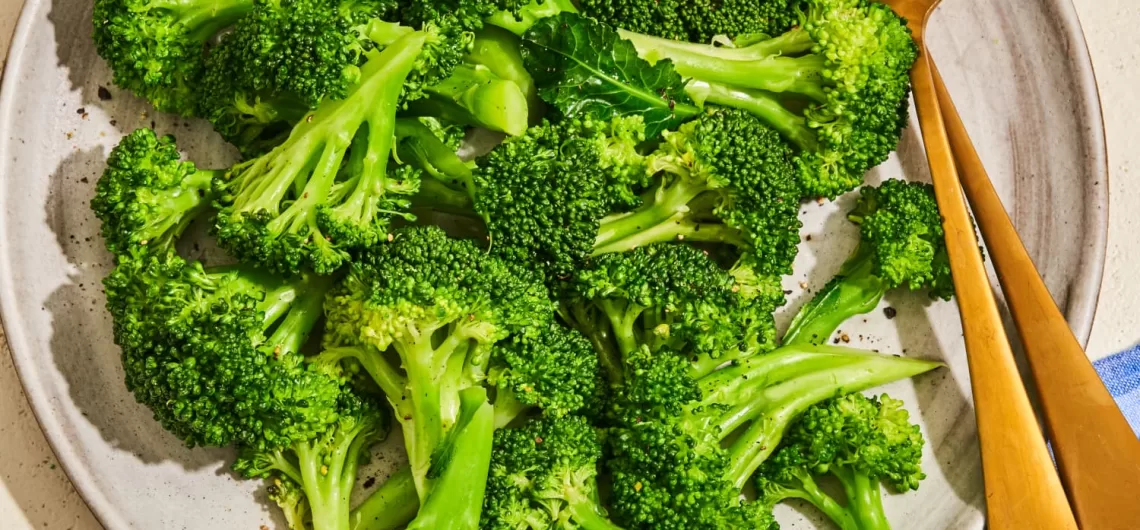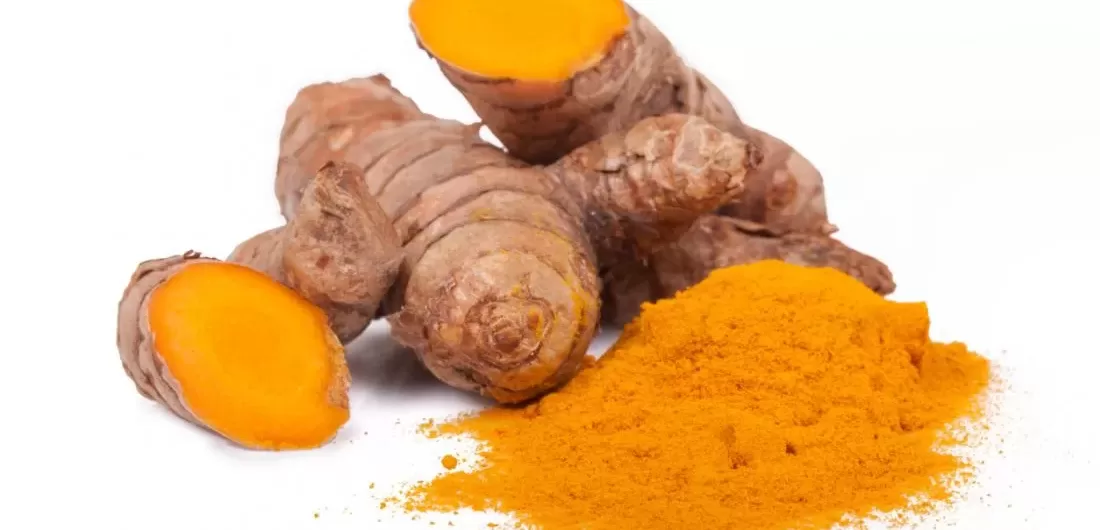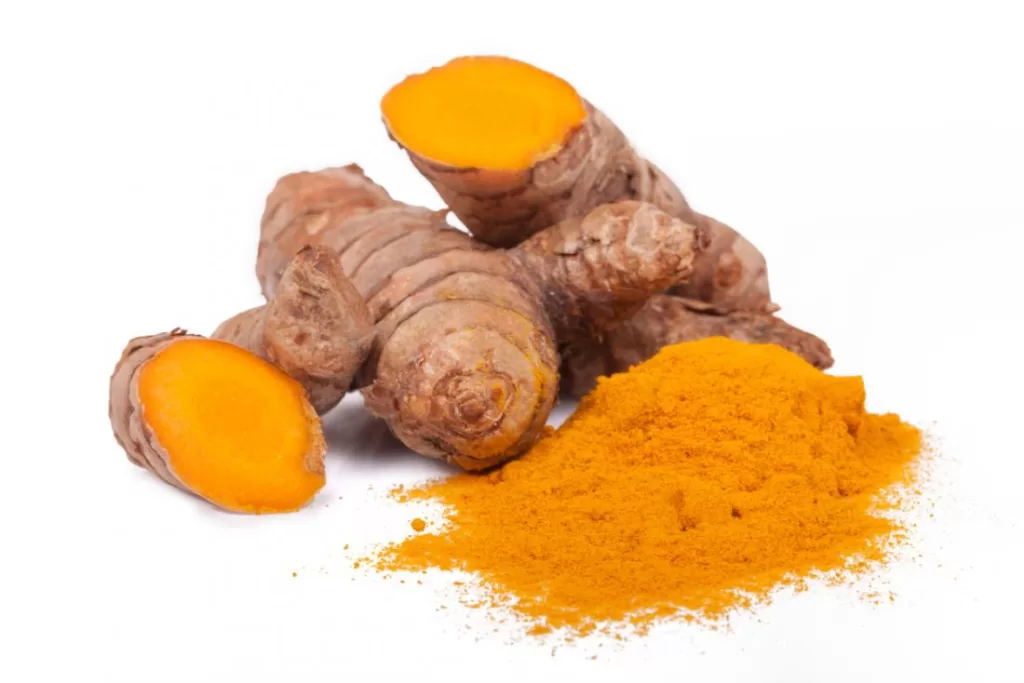Broccoli Origin
Broccoli is believed to have originated in Italy, specifically the Mediterranean region, more than 2,000 years ago. Its name comes from the Italian word “broccoli,” which means “the flowering top of a cabbage.” It is a member of the cruciferous family of vegetables, which also includes cauliflower, kale, and Brussels sprouts.

Over time,was introduced to other parts of the world, including Europe and North America, where it has become a popular and widely cultivated vegetable. Today, itbis grown and consumed all over the world, and it is known for its nutritional value and health benefits.
Benefit of Broccoli both male and Female
Broccoli offers health benefits to both males and females. It is a nutrient-rich vegetable that contains vitamins, minerals, antioxidants, and fiber that can help improve overall health and reduce the risk of certain diseases.
Some of the health benefits for both males and females include:
- Improved digestion: Has high fiber content , which can help regulate digestion and promote regular bowel movements.
- Reduced inflammation: Contains anti-inflammatory compounds that can help reduce inflammation throughout the body, which is important for preventing chronic diseases.
- Boosted immunity: It is rich in vitamin C and other antioxidants, which can help boost the immune system and protect against illness and disease.
- Reduced risk of cancer: Contains compounds that have been shown to have anti-cancer properties, and studies have suggested that regular consumption of broccoli may help reduce the risk of certain cancers, such as colon, lung, and prostate cancer.
- Improved heart health: It is a good source of potassium, fiber, and other nutrients that can help reduce cholesterol levels, lower blood pressure, and improve overall heart health.
In summary, broccoli is a nutritious vegetable that can benefit both males and females by improving digestion, reducing inflammation, boosting immunity, reducing the risk of cancer, and improving heart health.
How to cook
The versatile vegetable can be cooked in many ways. Here’s a simple recipe for sautéed broccoli:
Ingredients:
- 1 head of broccoli
- 2 tablespoons of olive oil
- 2 cloves of garlic, minced
- Salt and pepper to taste
Instructions:
- Wash the broccoli head and cut it into bite-size florets.
- Heat the olive oil in a large skillet over medium-high heat.
- Add the minced garlic and sauté for 30 seconds until fragrant.
- Add the florets to the skillet and toss to coat them evenly with the garlic and oil.
- Sprinkle with salt and pepper to taste.
- Cook the for about 5-7 minutes, stirring occasionally, until it is tender but still crisp.
- Remove from heat and serve immediately.
You can also add some additional flavor to your sautéed broccoli by adding some lemon juice, Parmesan cheese, or red pepper flakes. Enjoy!






